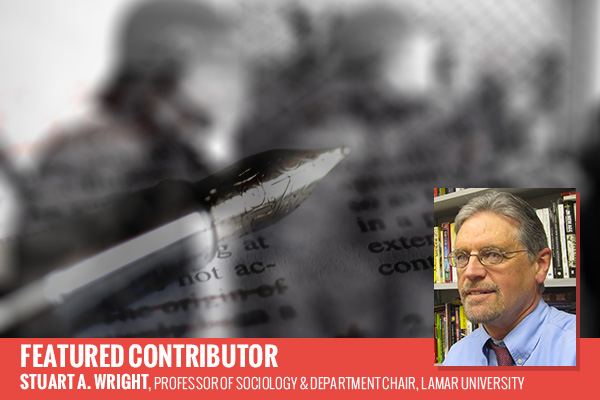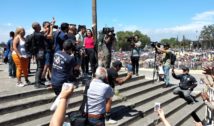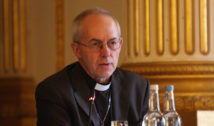
Storming Zion: A Historical Account of Government Raids on New Religious Movements
- By Stuart Wright --
- 27 Feb 2014 --

Four years ago I set out with my colleague Susan Palmer to collect data on government raids targeting new or nontraditional religious movements (NRMs). After the Texas state raid on the Fundamentalist Latter Day Saints in 2008, I solicited contributors to an edited volume on the raid (Saints under Siege, NYU Press, 2011 coedited with James Richardson). In the commissioning of chapters I asked contributors to consider other government raids for comparative purposes. It became evident to me that while there was an extant body of research on raids focusing on case studies, there was no study, to my knowledge, of a large-scale comparative study of government raids.
I was aware of a number of government raids on NRMs and sat down to compile a list. I think we expected to find somewhere between 30 and 40 such raids in North America and Western Europe. We were not even close. As we broadened our investigation we discovered many more raids than we could have ever imagined.
At this writing, we have now identified nearly one hundred raids on NRMs and we are still counting. We have data from twelve different countries. We have excluded Eastern Europe, the Russian Federation, Asia, and Africa for logistical and practical reasons. We might at a later date go back and look at these other parts of the world, but that would be a herculean exercise and probably another book.
The data bank we are creating is an invaluable source in and of itself. But we have made many other discoveries in addition to the mere cataloging of government raids. We have a book contract with Oxford University Press. We are writing the book now and hope to finish by the summer.
I don’t want to give away the core findings before the book is published, but the raids are not evenly distributed across time or space. There was an exponential rise in government raids in the 1990s which require analysis of the data and explanation. More than seventy percent of the raids we have identified have occurred since 1990. We have developed a model which we attempt to test that explains the sudden surge of raids. We also include a series of in-depth case studies to explain how these dynamics play out in very detailed ways.
We selected our case studies of raided NRMs based on three criteria: scale, severity, and recurrence. By scale we refer to the size of the raid force and the amount of state resources expended. Severity is defined as the extent of real or threatened use of lethal force, particularly the deployment of paramilitary police units. Recurrence refers to the circumstance of multiple raids on the same group.
We determined that raid cases best meeting these criteria include the Twelve Tribes, The Family International, the Branch Davidians, Scientology, the Fundamentalist Latter-Day Saints (FLDS), and the Nuwaubians. The Branch Davidian, FLDS, and Nuwaubian cases involved the most massive enforcement actions, ranking highest on the scale criterion. The Branch Davidian and Nuwaubian cases also ranked highest on the severity criterion; each involved extensive paramilitary operations. In terms of recurrence, Scientology and The Family International were distinguished as the groups most often raided. The Church of Scientology has been raided 27 times in seven different countries. The Family International has been the target of 10 government raids in five countries.
I think we have just scratched the surface on this subject because I do not expect governments to diminish their efforts aimed at groups they can label “dangerous cults,” drawing on all the outrageous stereotypes and persistent social stigma attached to NRMs. We certainly hope that our work will have some impact on the social science community, policy makers, courts, and the legal community. We want to raise the awareness of state repression of religious minorities in the public arena. But Susan and I have been part of a small group of scholars working on these issues for over thirty years and it is surprising how little progress has been made toward reducing religious discrimination.




















